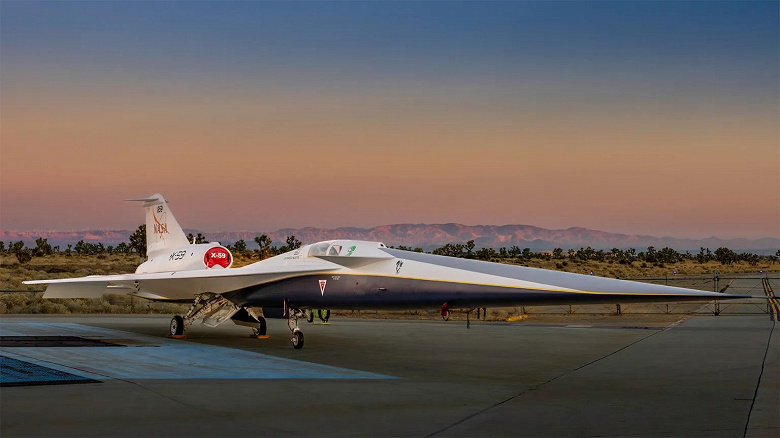This is a joint development of NASA and Lockheed Martin engineers
The official premiere of the X-59 aircraft took place in the United States, work on which took place for about six years. Moreover, this is not a production airliner, but a final prototype: it will serve as a winged testing ground for various technologies that will later be implemented in a production supersonic passenger aircraft.
Previously, the aircraft was called X-59 QueSST, but the final name is more concise. It turned out that the X-59 uses technology from American fighters. In particular, the chassis is borrowed from the F-16, and the life support system is based on the life support system of the F-15.
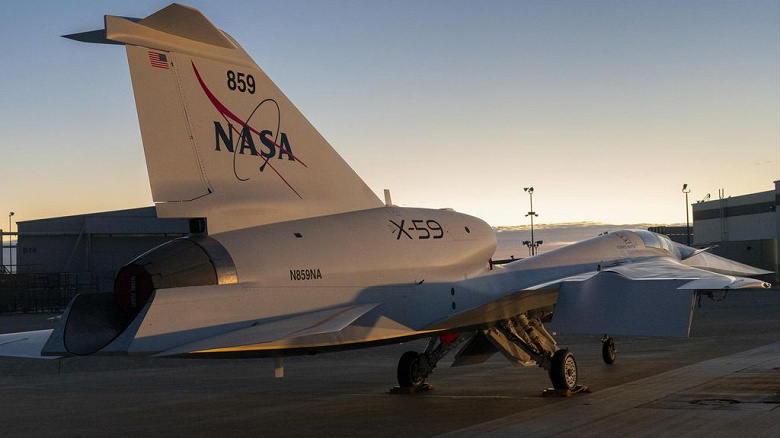
X-59 will fly at 1.4 times the speed of sound – approximately 1490 km/h (altitude ceiling – 16.8 km). The fuselage and engine were specially designed to minimize the sonic boom that occurs when reaching supersonic speed.
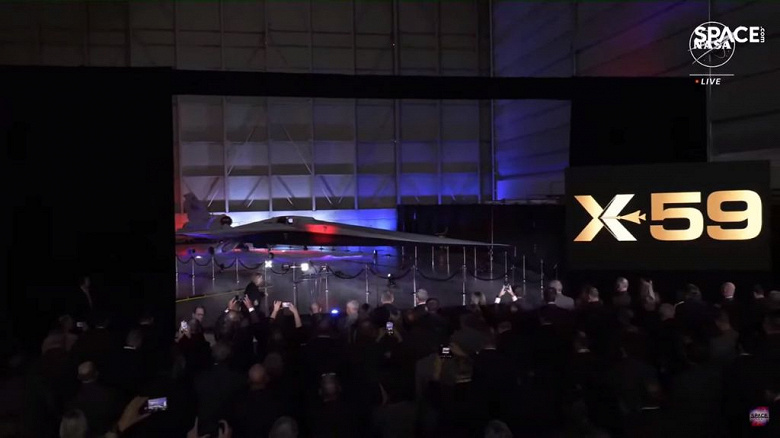
Perhaps the key feature of the X-59 design is its very long nose: its length exceeds 9 meters – despite the fact that the fuselage length is about 30 meters. That is, the nose accounts for a third of the length. Due to the extremely streamlined shape and the absence of a traditional cockpit, pilots will rely on a new vision system that broadcasts 4K resolution camera images to the pilot.
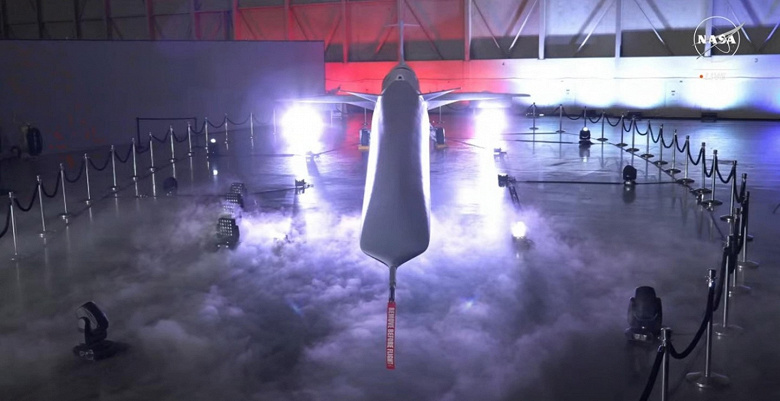
The power plant was created by General Electric specifically for the X-59: General Electric F414 with an afterburner produces almost 10 tons of thrust.
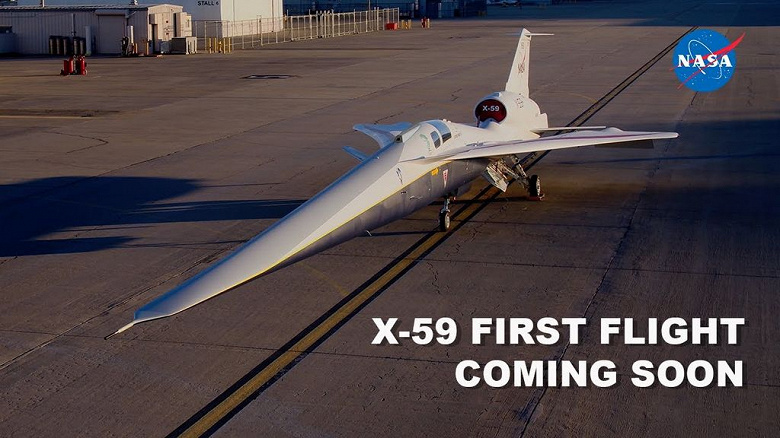
So far the official rollout of the X-59 has taken place in the USA, but the first flight is promised soon.

